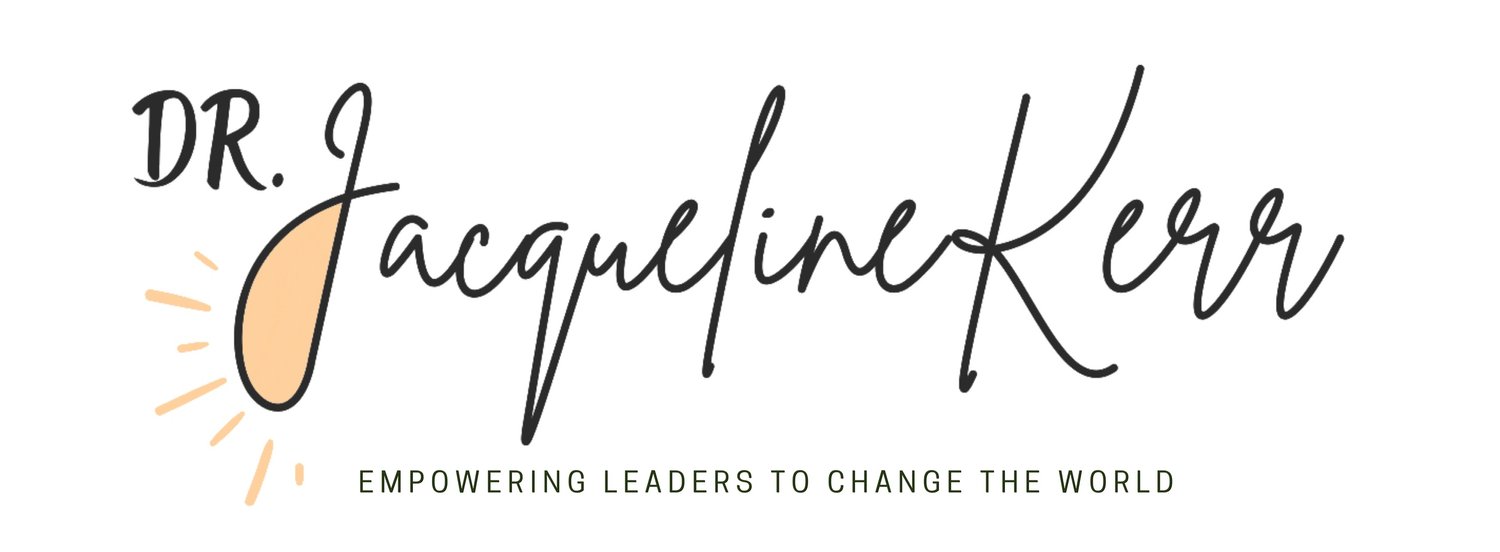Burnout-Proof Your Business in the Great Return
Leaders and employees are experiencing burnout. If you point the finger at your employees to look after themselves, what does it say about your ability to lead a healthy team?
I have a Ph.D. in exercise science and know the benefits of exercise for our physical and mental health. But I also know how hard it is to develop and keep an exercise habit; 80% of the US population is not sufficiently active. However, in my experience, lifelong exercise habits did not prevent my burnout.
Exercise and meditation are essential to help us process and manage stress. But workplace burnout, now recognized by the World Health Organization, is chronic stress caused by conditions in the workplace that continually reinforce that stress. Even if you take an extended break from that stress when you return, the stress returns, and it hits you like a truck. And worst, you realize your workplace is a source of stress, which can increase the likelihood of you quitting.
What is Burnout?
Burnout is exhaustion and overwhelm, cynicism and lack of meaning, and lack of productivity, more specifically reduced efficiency. Other symptoms described by Caitlin Donovan include resentment, rumination, frustration at minor inconveniences, brain fog, being tired but wired, and negative self-talk. Burnout can be hard to spot in your employees, and many people do not realize they are experiencing it. So, what can you as a leader do if you can't spot burnout and your employees are too afraid to admit it?
Conditions That Create Workplace Burnout
Dr. Maslach defines these conditions as overwork, lack of autonomy, lack of reward, injustice, and value conflicts. If you tell your employees to take a break, you are only offering a Band-Aid. In addition, if you ask someone to rest, whose self-worth is tied up in their productivity, reinforced by the expectation of productivity communicated in the workplace, it is likely to fall on deaf ears. More importantly, in blaming the individual for their inability to manage their stress, you are shirking the responsibility that you have as a leader to create psychological safety at work, to create transparent, unbiased pay and promotion systems, and to provide institutional guard rails around working hours and meeting or communication expectations.
Role model prioritizing stress management is important, and providing resources for stress management has proven return on investment. Long term, what changes can you make to improve employee well-being, and is this even your responsibility?
Traits of Burnout
Stage 1 of Freudenberger and North’s 12 Stages of Burnout is the need to prove yourself. This need can lead to overwork and, ultimately, burnout. Ambitious high achievers and perfectionists often fall prey to this. But as a leader, are you responsible for these personality traits? Workplaces certainly benefit from the productivity, but is it right to take advantage of them without proper limits in place?
The Cycle of Bias & Burnout
There are groups who have to prove themselves continually and are on the path to burnout because their contributions are systematically overlooked or undervalued. Research shows women of color are judged as incompetent, mothers are considered uncommitted, and women’s potential compared to performance is underestimated. This injustice and lack of reward lead to burnout.
If your workplace lacks diversity at all levels, then the chances are your workplace exemplifies the conditions for burnout. Importantly, research shows that burnout increases our bias; our brains do not have the energy it takes to modify ingrained stereotypes. So the cycle of bias and burnout is reinforced.
In the same way, leaders have to understand that healthy employees precede productivity. A diverse and healthy workforce is more creative, innovative, and productive, not the other way around.
What Can You Do as a Leader?
1) Role model reasonable working hours and set boundaries for yourself and others around meeting times and emails so that everyone can have interrupted, focused time on only the most impactful tasks.
2) Provide flexibility and autonomy, trust your employees, and provide clear performance criteria.
3) Create psychological safety by admitting mistakes and struggles, sharing personal stories, listening actively, and responding with compassion, i.e., understanding the person’s situation and perspective with appropriate support and resources to meet their needs.
4) Create diverse teams to make hiring and promotion decisions with transparent pay bands, structured interviews, and objective criteria. Avoid self-appraisals.
5) Make team well-being a key performance indicator, create teams to train and lead around this, create policies and reward systems that reinforce this, and measure what programs and practices actually impact this outcome long term.
6) Support emotional intelligence in your teams through culturally competent communication skills and personal or professional coaching.
7) Pay outside experts for office housework tasks, pay ERG members for their time, and hire outside experts to integrate DEI efforts across the whole company fully.
Don’t wait till burnout decimates your workforce. Be a leader in the Great Return by creating a workplace to which employees want to return. Branding and Band-Aids no longer apply. Lives are at stake, and measurable, meaningful responses are needed at work, not outside of it.
